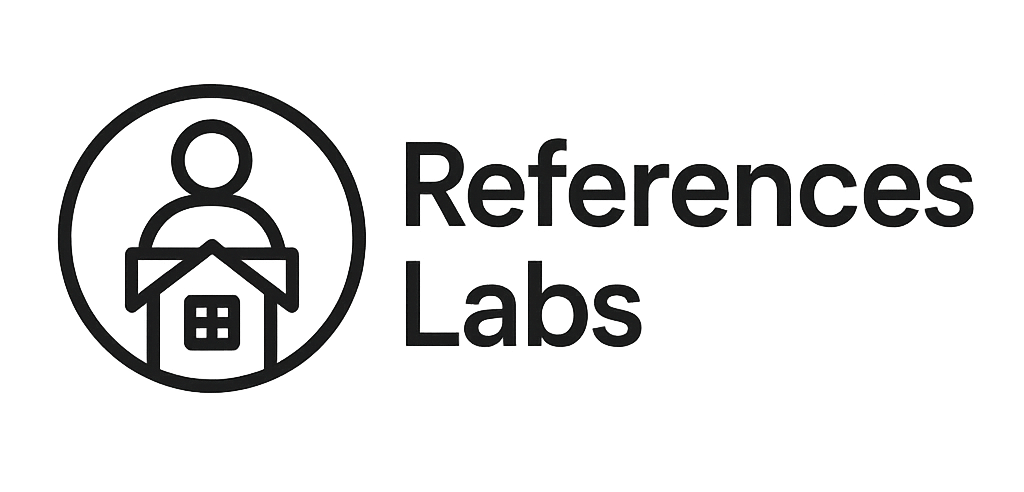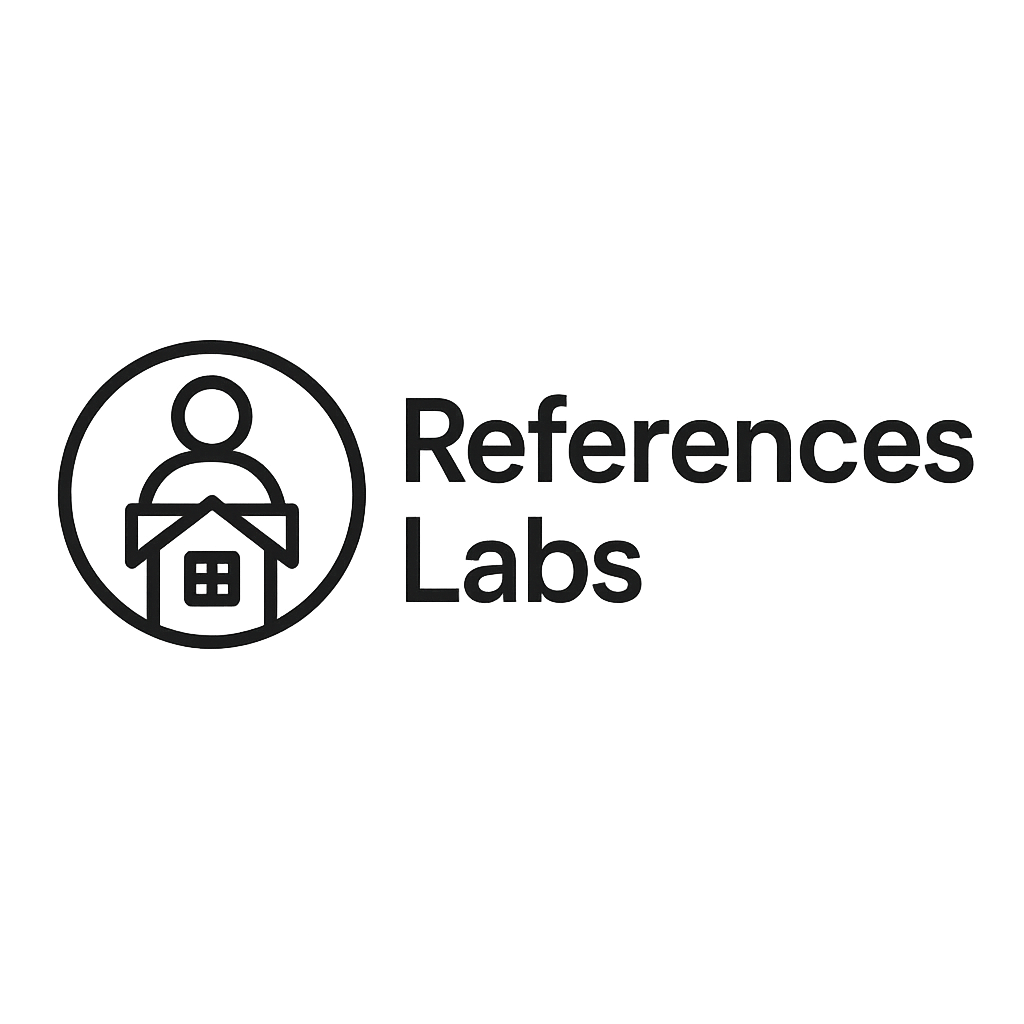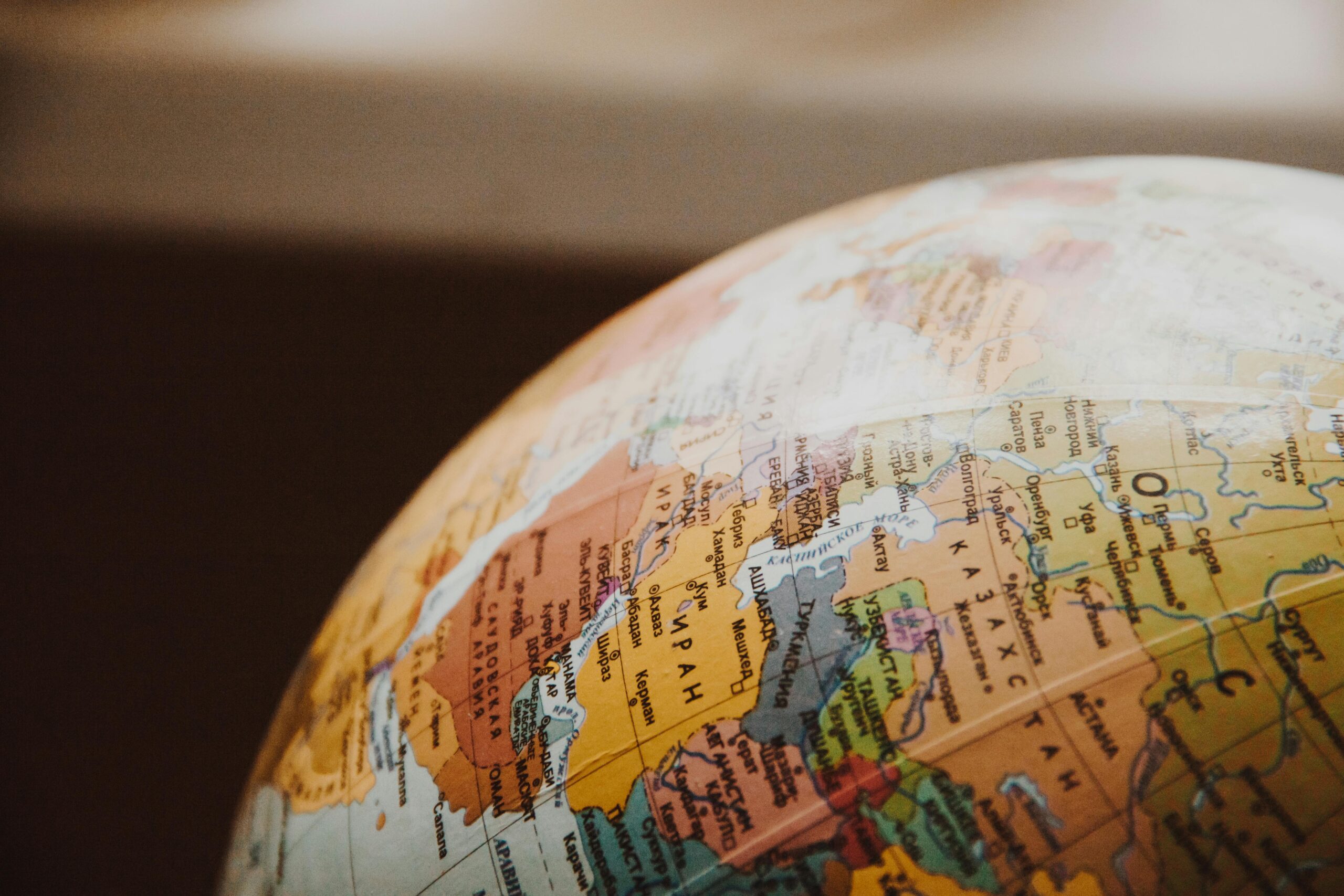Understanding Hidden Cameras and Privacy Concerns
In today’s digital age, privacy has become a paramount concern for individuals and organizations alike. With the proliferation of surveillance technology, hidden cameras have become increasingly common, often used without consent in places where privacy is expected. This has led to a growing demand for effective tools and methods to detect such devices. Hidden camera detectors are one of the top options available to help safeguard privacy. These devices are designed to identify hidden cameras by detecting their lenses or the signals they emit. Understanding how these detectors work and their importance can empower individuals to protect their personal spaces from unauthorized surveillance.
Hidden cameras can be found in various forms, from tiny pinhole cameras to more sophisticated devices disguised as everyday objects. They are often used for legitimate security purposes, but when used covertly, they infringe on privacy rights. The potential invasion of privacy is a significant concern, especially in sensitive areas like hotel rooms, changing rooms, and private offices. The use of hidden camera detectors can help mitigate these risks by providing a reliable means to identify and locate such devices.
With privacy concerns on the rise, the market for hidden camera detectors has expanded, offering a range of devices with varying features. These detectors can be broadly categorized into two types: lens detectors and RF (radio frequency) detectors. Lens detectors use infrared light to detect camera lenses, while RF detectors identify the radio frequencies emitted by wireless cameras. Understanding these technologies and their applications can help individuals make informed decisions about the best tools to use in specific situations.
How to Use Hidden Camera Detectors Effectively
Using hidden camera detectors effectively requires a basic understanding of how these devices function and the types of cameras they can detect. Lens detectors, for instance, are highly rated for their ability to find cameras by reflecting infrared light off the camera lens. To use a lens detector, you typically scan the room while looking through the detector’s viewfinder. When the infrared light hits a camera lens, it reflects back, creating a visible sparkle in the viewfinder. This method is particularly useful in dimly lit environments where camera lenses are harder to spot with the naked eye.
On the other hand, RF detectors are designed to pick up the radio frequencies emitted by wireless cameras. These detectors are exceptional quality tools for identifying active cameras that transmit data wirelessly. To use an RF detector, you turn it on and sweep the area, listening for changes in the detector’s tone or watching for fluctuations on a display that indicate the presence of a signal. Some advanced models also provide a visual representation of the signal strength, helping users pinpoint the camera’s location more accurately.
When using hidden camera detectors, it’s essential to conduct a thorough sweep of the area, paying close attention to common hiding spots such as smoke detectors, air vents, and decorative items. It’s also important to consider the possibility of hidden microphones, which may not be detected by a lens or RF detector. In such cases, a comprehensive sweep using multiple detection methods may be necessary to ensure complete privacy protection.
Choosing the Right Hidden Camera Detector
Selecting the right hidden camera detector involves considering several factors, including the environment where it will be used, the types of cameras you aim to detect, and your budget. Among the best choices for personal use are compact, portable detectors that are easy to carry and operate. These devices are well-regarded for their convenience and effectiveness in everyday situations, such as checking hotel rooms or rented accommodations.
For more extensive surveillance detection, such as in corporate settings or large properties, more advanced detectors with additional features may be necessary. These might include devices with a broader detection range, sensitivity adjustments, and the ability to detect multiple types of signals. While these detectors may come at a higher price point, they offer outstanding capabilities for ensuring comprehensive privacy protection.
It’s also important to consider user reviews and expert recommendations when choosing a detector. Devices that are renowned for their reliability and accuracy tend to receive positive feedback from users who have successfully identified hidden cameras. Additionally, consulting with security professionals can provide valuable insights into the most effective tools and techniques for specific needs.
Ultimately, the right hidden camera detector is one that aligns with your specific requirements and provides peace of mind in your efforts to protect your privacy. By understanding the options available and how to use them effectively, you can take proactive steps to safeguard your personal and professional spaces from unauthorized surveillance.






